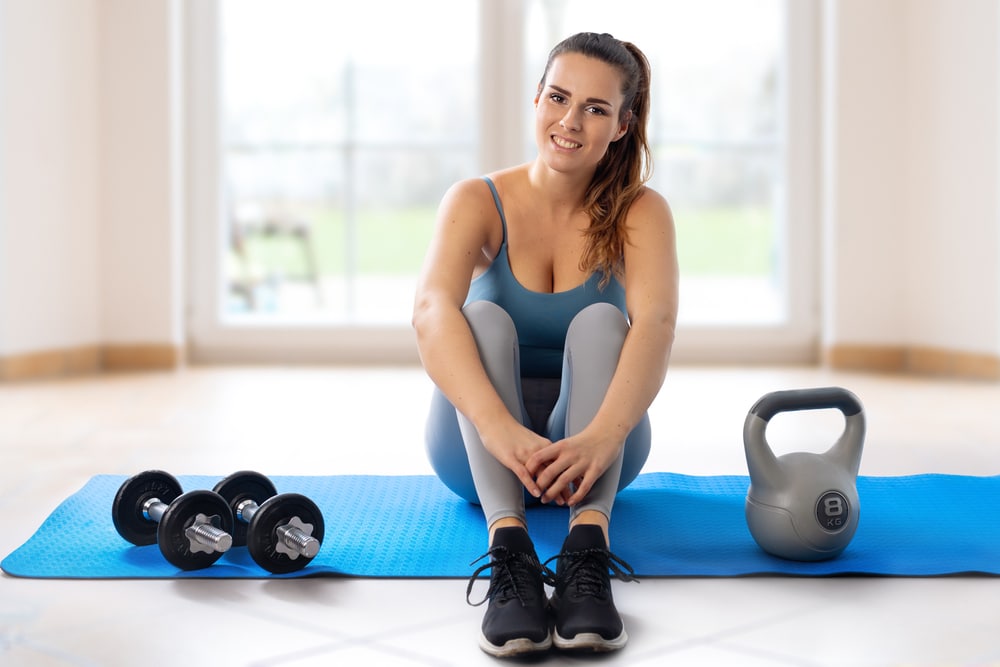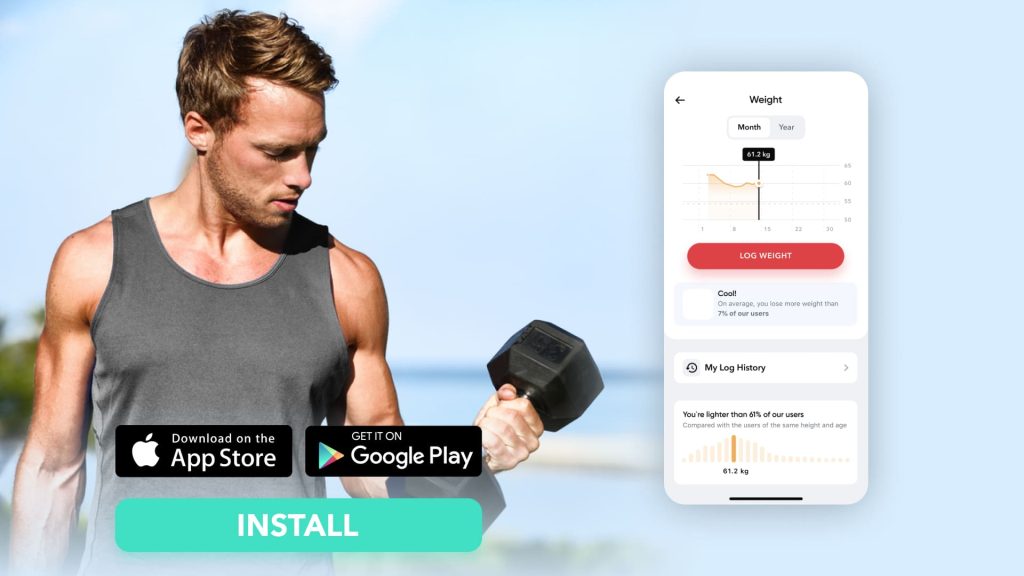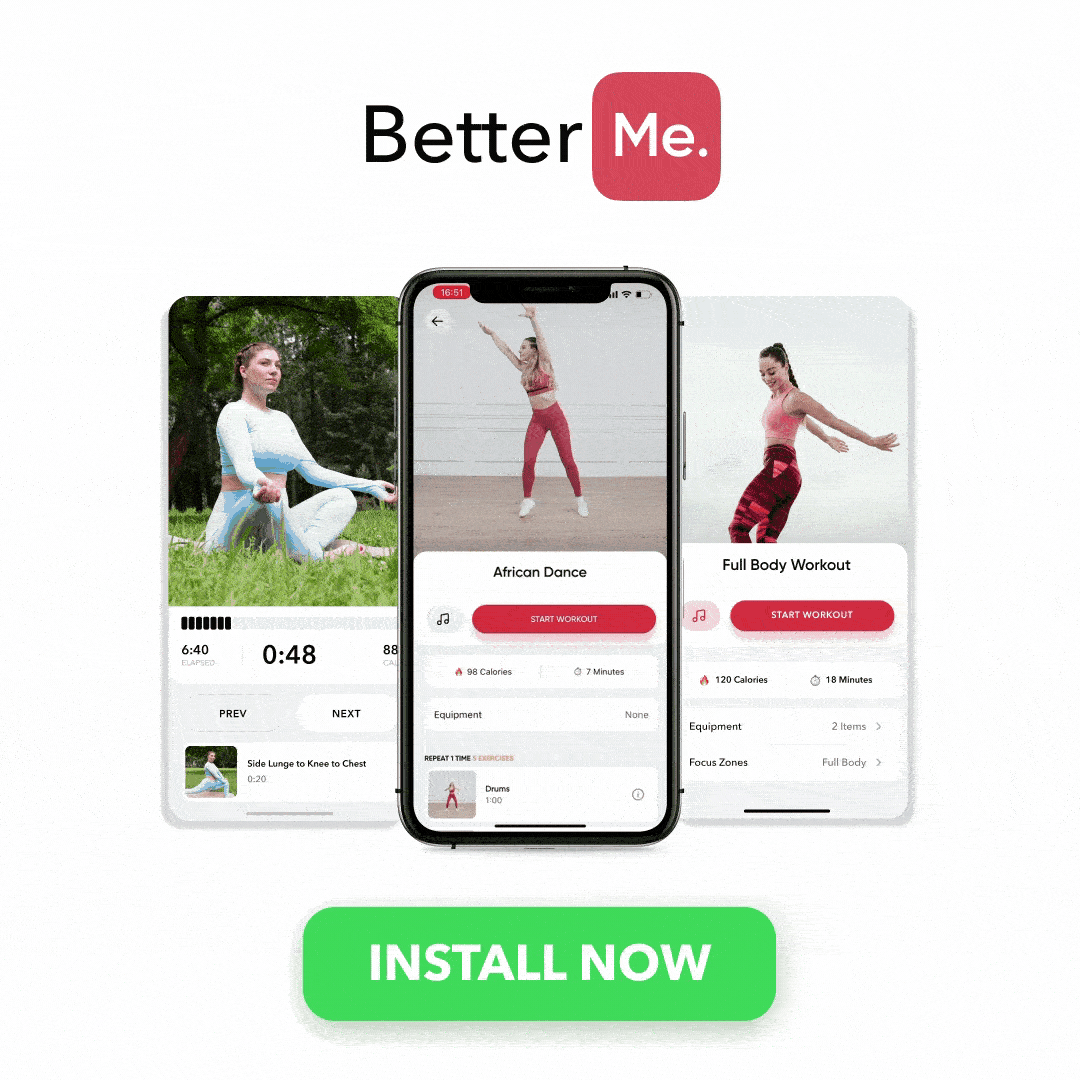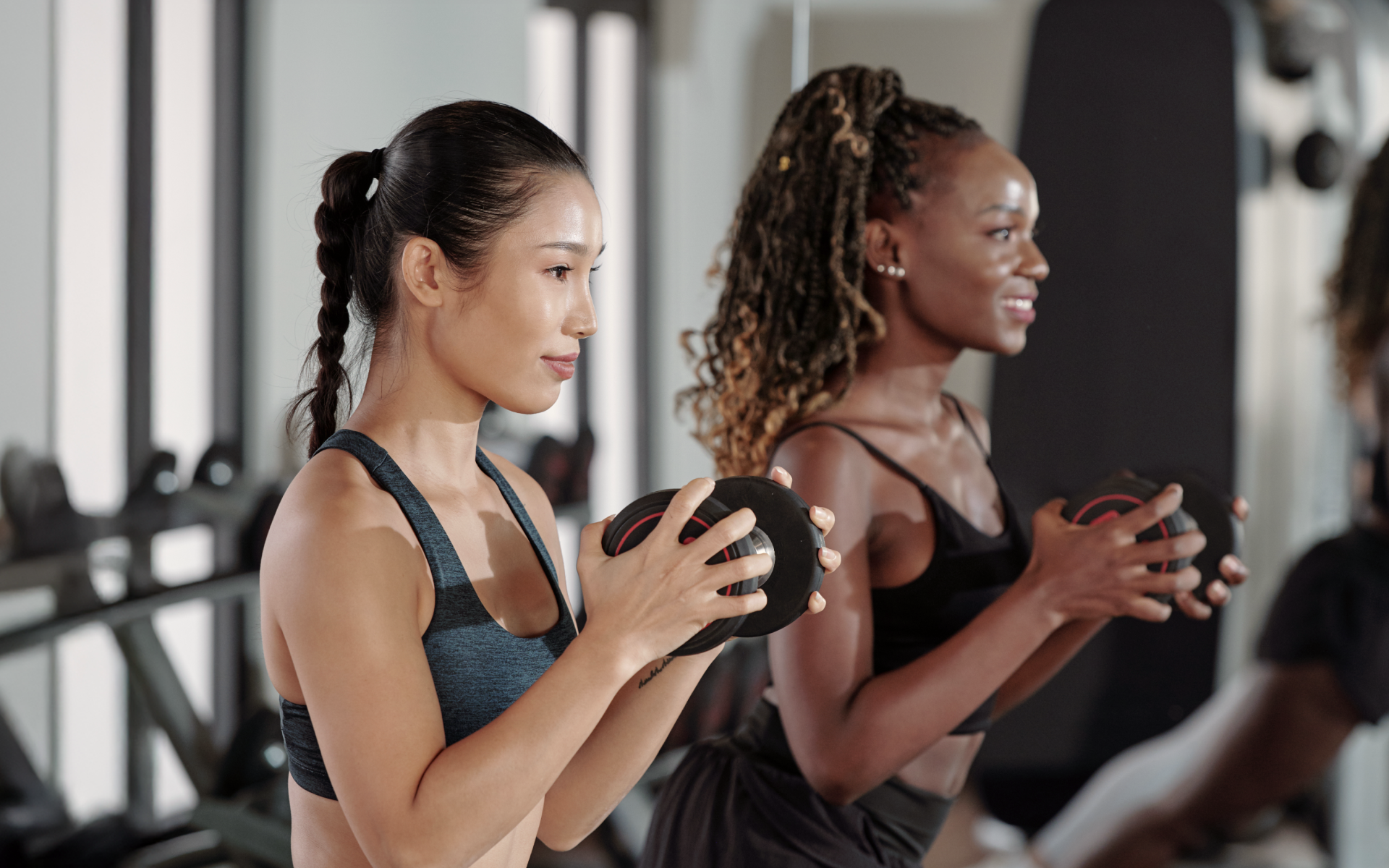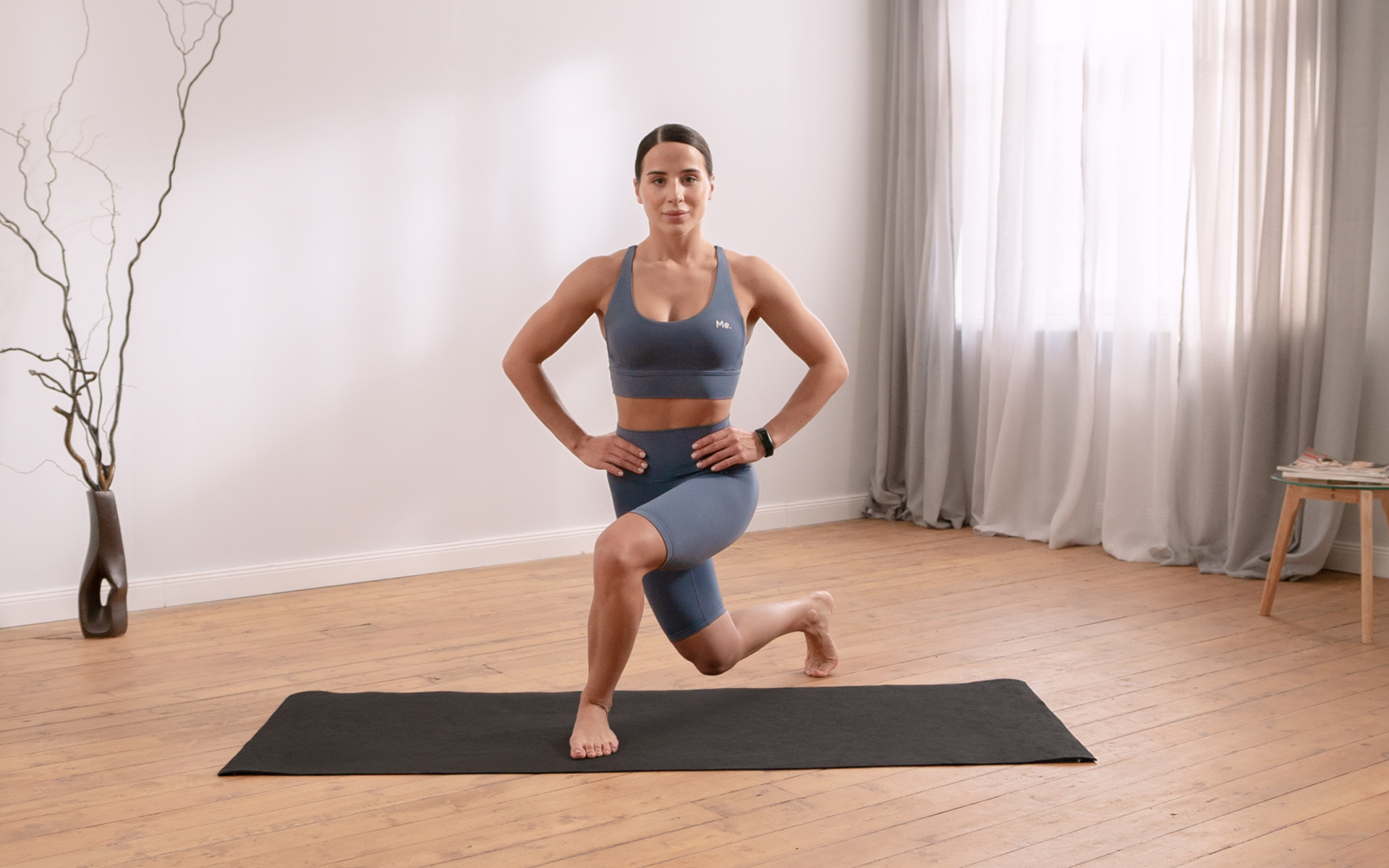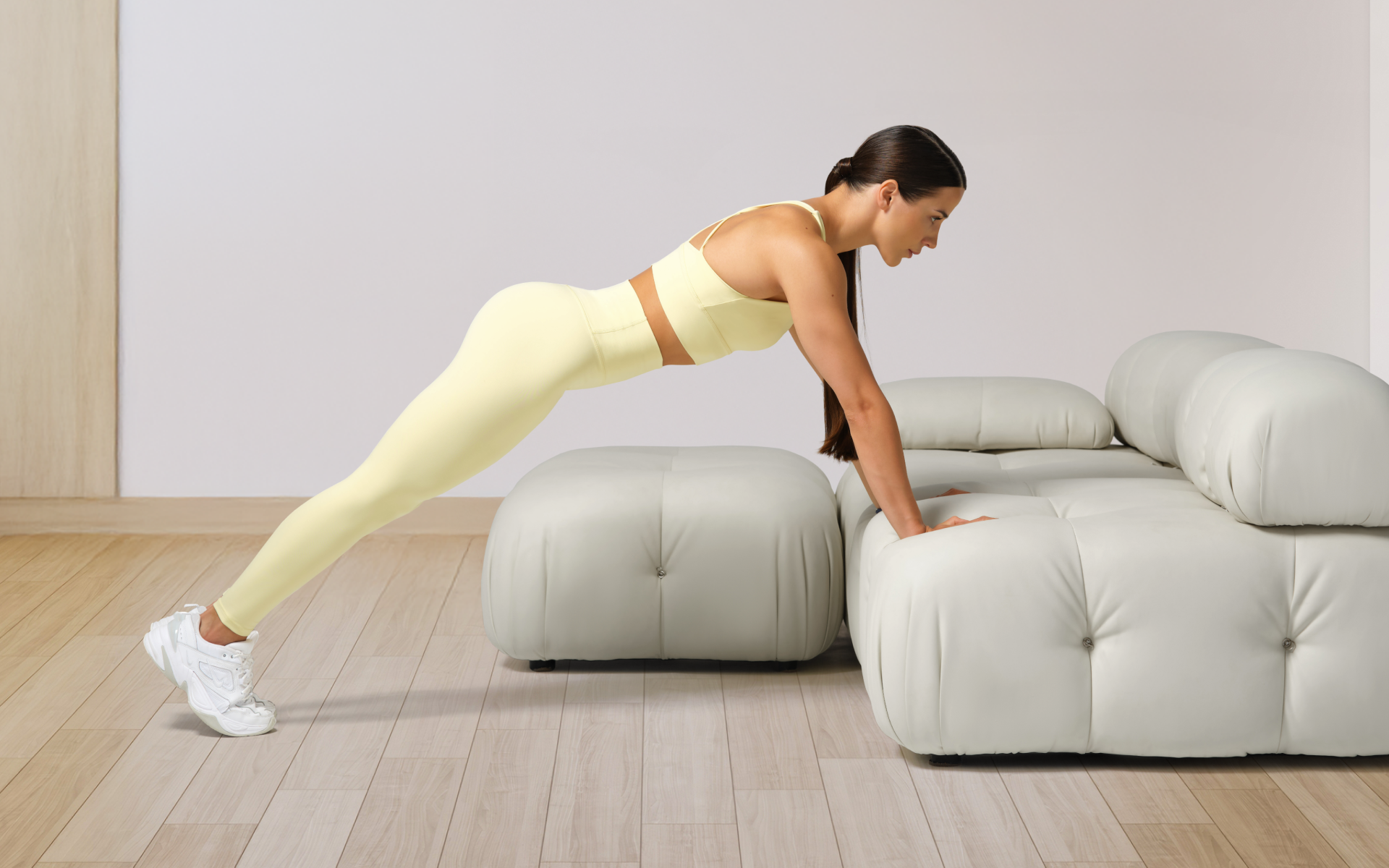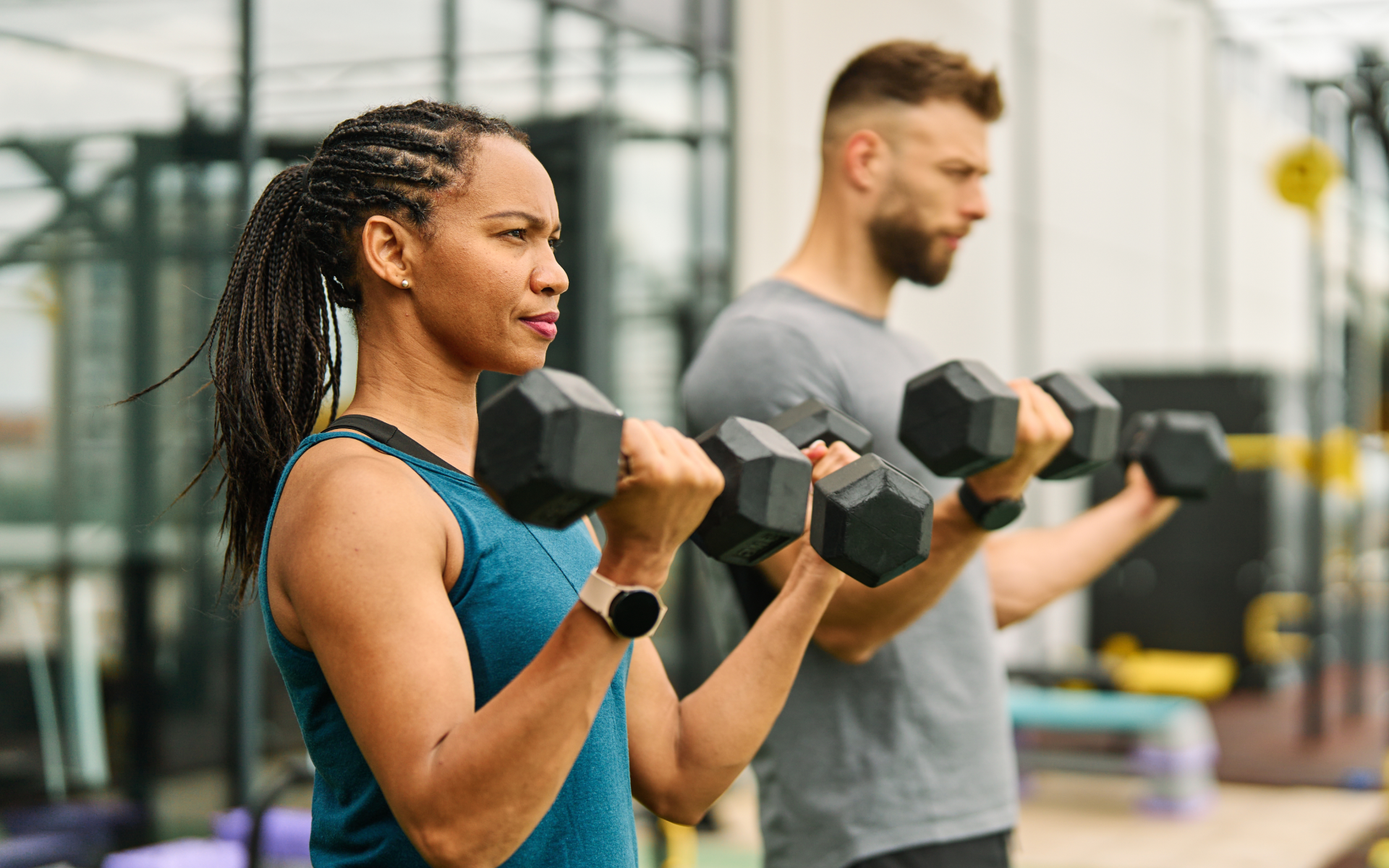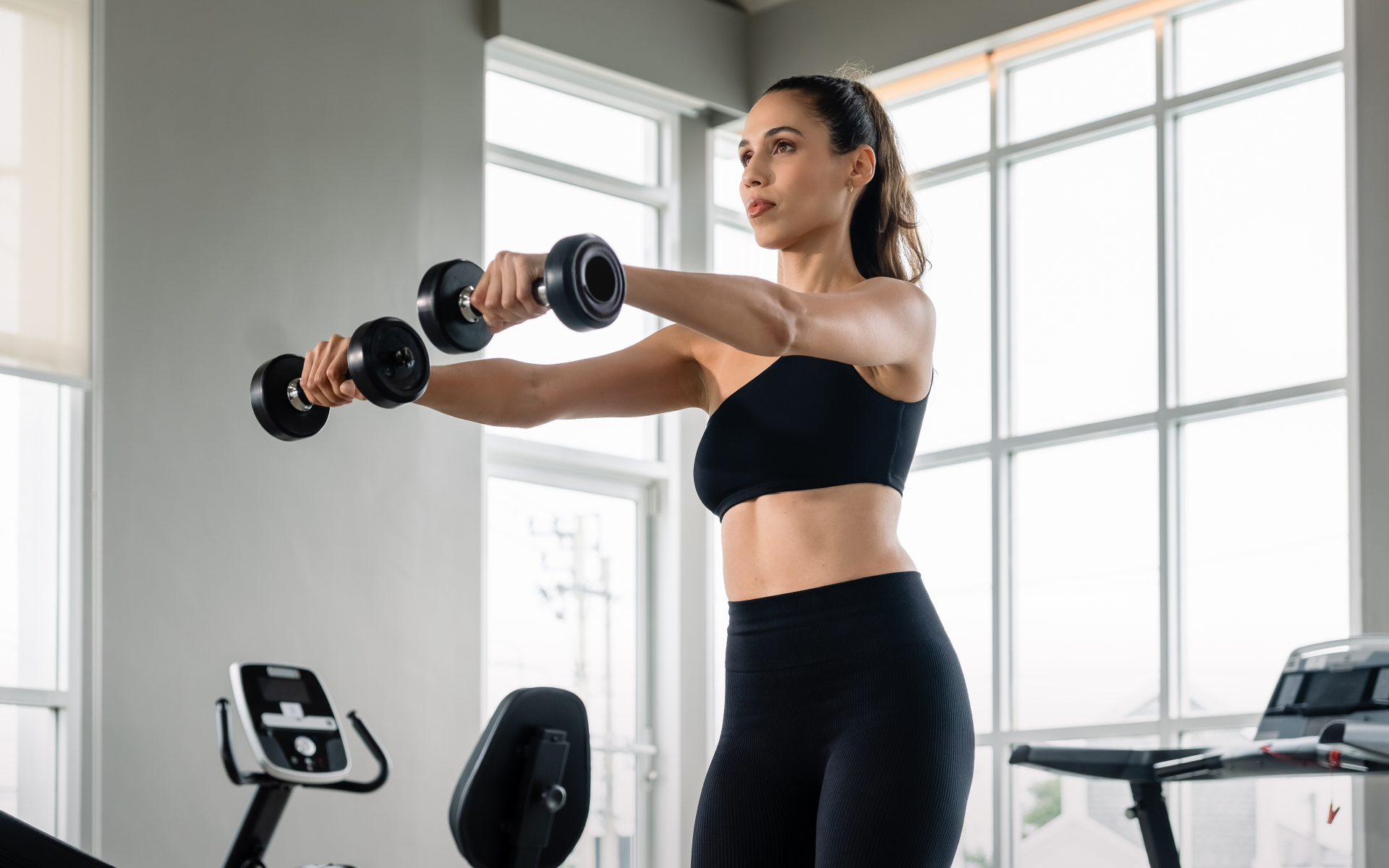The overhead press exercise is a glorious upper body exercise, and most of us have already incorporated it into our workout plans. It targets numerous upper body muscles, including our triceps, biceps, and shoulders. When starting out, you are always advised to perform the standard overhead press. However, as you progress in your level of fitness, you should intensify the workout by performing more intense variations. Below are some of the overhead press variations that you may choose to incorporate along the way.
What Are The Best Overhead Press Variations With Barbell And Dumbbells?
Although most people are not aware of it, there are several overhead press grip variations. They are all challenging in their own way but still carry a significant element of the regular overhead press. They are also more rewarding than the typical overhead press. For example, the increased intensity helps increase your lean muscle mass, burn calories, and tone the upper body.
These variations may either incorporate a barbell, kettlebell, or dumbbells. Do not add these exercises to your workout routine if you have never used weights before. Similarly, do not incorporate these workouts if you have not talked to your healthcare provider and fitness coach.
Far too many people have done this and then reported numerous injuries and pains. With that in mind, as much as the effectiveness convinces you of any of these variations, remember to consult first. Now here are the overhead press variations you can consider to take your lifting game to the next level:
Read More: How To Overhead Press: Form, Procedure And Benefits
The Standing Overhead Dumbbell Presses
As the name suggests, this exercise is performed while standing and using a pair of dumbbells. It strengthens the shoulder muscles and ranks among effective workouts to tone and improve shoulder strength.
How to (5):
- Start in a standing position and place your feet hip-width apart.
- Hold a dumbbell in each hand. Make sure that the loads are comfortable and that the inside of your wrists are facing forward. Remember also to keep your back straight and face forward.
- Bend your arms and start bringing the dumbbells to your shoulder height.
- Engage your core muscles and breathe out while stretching your arms straight to lift the dumbbells. Make sure that you are also raising the weights in a straight line and directly above your shoulders.
- Breathe in and bend your elbows and slowly lower the weights back down to your shoulder height. Try doing the exercise slowly and in a controlled manner to help you concentrate on the correct form.
The Seated Overhead Press
Another common overhead dumbbell press best variation is the seated overhead presses. It is an easy variation because you perform it while seated. However, do not mistake its simplicity for weakness. The exercise works numerous upper body muscles and effectively tones your upper body, especially your shoulders (3). Below are the steps to guide you on how to perform this exercise:
- Grab a chair or stool and assume a sitting stance. You should lean your back against something sturdy like a wall. It will help you keep your back straight and neutral, reducing any back pain and injuries.
- Grab a dumbbell in each hand, exhale, and start lifting the weights towards the ceiling and directly above your shoulders.
- As you do this, remember to tighten your core to sneak in an extra core workout.
- Breathe out and lower your elbows to the starting stance.
- Repeat at least ten times.
Looking for a way to break the vicious cycle of weight loss and tone up all the jiggly parts? Watch the extra pounds fly off and your muscles firm up with the BetterMe app!
The Single-Arm Push Press
Another incredible overhead press variation for increased fat burn and strength is the push press. It is one of the power exercises that most athletes perform to help become more explosive. The exercise is very challenging but very effective in burning calories and building upper body strength (4).
How to:
- Start in a neutral standing position with your feet hip-width apart.
- Hold a dumbbell in one hand and place it at shoulder height using an overhand grip. Your other arm should be straight and resting by your side.
- Breathe in, tighten your core muscles, and lift the arm with the weight towards the ceiling. Most beginners undermine the effectiveness of this move because you are only using one dumbbell. Due to this, they believe they can compensate for this by picking a heavier load. Doing this is unacceptable because you will be straining your shoulder joints, leading to tears or worse problems.
- Hold the top movement for some seconds before lowering your arm to the starting position and repeating. You can choose to perform all the required reps on this arm before switching sides. Alternatively, you could alternate arms. Experts recommend performing this exercise in a unilateral move by pressing each arm individually. It is better because it gives more focus and stimulation to the rotary stability muscles of the core.
The Kneeling On Bench Overhead Press
The other overhead press variation that may help make this exercise more challenging is the kneeling on the bench overhead press. As the name suggests, you will need to be kneeling on a sturdy bench while performing the overhead press.
The exercise may seem simple, but it takes a toll on you and tests your stability and maintenance of a good posture. In addition, you are not relying on anchoring your feet on the ground for support, making this exercise ten times harder. So, make sure you first master the basic overhead press form and have good stability before giving this exercise a go.
How to:
- Start in a kneeling position on the bench. Keep your back straight and face forward.
- Grab a dumbbell in each hand and place it at your shoulder height. You might find yourself moving around and disrupting the stance, especially with the addition of weights. Remember that every movement increases your chances of error, which may lead to increased injury risk. So, try to maintain a steady and upward posture.
- Start lifting the weights up and above your head. Remember to engage your core and breathe in as you do this.
- Exhale and bring the weights down to your shoulder height.
- This marks one rep. Repeat to complete at least ten reps.
Read More: Assistance Exercises For Overhead Press: Working Up To The Overhead Press
The Double Kettlebell Overhead Press
In this move, you are expected to use two kettlebells. This is because the incorporation of two kettlebells helps you build upper body muscle strength (1).
How to:
- Assume a standing posture with both feet firmly pressed on the ground and hip-width apart.
- Hold the one kettlebell in each hand, breathe in, tighten your core, and lift your hands above your head. Remember that when dealing with weights, everything that could go wrong might go wrong. It means that the risk of injury is pretty high compared to exercises that do not involve any weights. To reduce injury risk, experts advise you to select comfortable weights.
- Maintain a slow and controlled movement because moving both bells at the same time can take a toll on your arms and shoulder joints.
- Bring your arms down slowly to the starting stance. This marks one repetition. Repeat.
The See-Saw Kettlebell Overhead Press
This movement requires significant coordination, which is why you need to perform this exercise under the supervision of an instructor. In addition, as the name implies, you will need two bells to complete this exercise.
How to:
- You will start in a standing position, with feet hip-width apart.
- Grab a kettlebell in each hand. Remember to pick a comfortable weight because using heavy weights can be strenuous and may result in tendinitis, tears, and other rotator cuff problems (2).
- Lift one hand towards the ceiling while keeping your neck and spine in a neutral position. Remember to breathe in and tighten your core during the lift. As you bring this hand down to the starting position, lift the other arm above your head. The alternation of your hands explains why this move is referred to as the see-saw overhead press variation. Maintain a steady pace because rushing through this move can lead to shoulder problems, as mentioned earlier.
If you tend to let yourself off the hook, raise the white flag when things get tougher than you expected, send yourself on an unconscious binge-eating trip – BetterMe app is here to help you leave all of these sabotaging habits in the past!
Errors To Avoid
All these are overhead press variations you can incorporate into your exercise program for a more intense workout. However, you can only get the most out of these exercises if you master the correct form. Here are some of the errors that you need to avoid in all these movements:
-
Arching Your Back
None of these variations has asked you to bend or arch your back. Instead, they all ask you to maintain a straight back for safety purposes. If you notice that you are arching your back, you need to stop the movement and seek advice. Similarly, it would help if you used lighter weights as this happens because of using heavy weights.
-
Flaring Your Elbows
Do not point your elbows straight out from your sides. Doing this only stresses your rotator cuff muscles leading to rotator cuff problems and injuries.
-
Pressing Explosively And Quickly
Do not lift quickly or explosively. You need to control your movements as they will help reduce injury risk and also allow you to maintain the correct form.’
The Bottom Line
There are several overhead press variations that you may try if you want to intensify this exercise. These include the see-saw kettlebells overhead press, seated dumbbell press, single-arm kettlebell press, standing dumbbell press, double kettlebell, and the kneeling on the bench overhead press. Talk to your trainer before incorporating any of these moves into your routine.
DISCLAIMER:
This article is intended for general informational purposes only and does not address individual circumstances. It is not a substitute for professional advice or help and should not be relied on for decision-making. Any action you take upon the information presented in this article is strictly at your own risk and responsibility!
SOURCES:
- Kettlebell training in clinical practice: a scoping review (2019, ncbi.nlm.nih.gov)
- Rotator Cuff Injuries (2021, medlineplus.gov)
- Stability of Resistance Training Implement alters EMG Activity during the Overhead Press (2018, ncbi.nlm.nih.gov)
- Weightlifting Overhead Pressing Derivatives: A Review of the Literature (2019, ncbi.nlm.nih.gov)
- What are the best exercises for overall health and fitness? (2020, medicalnewstoday.com)
